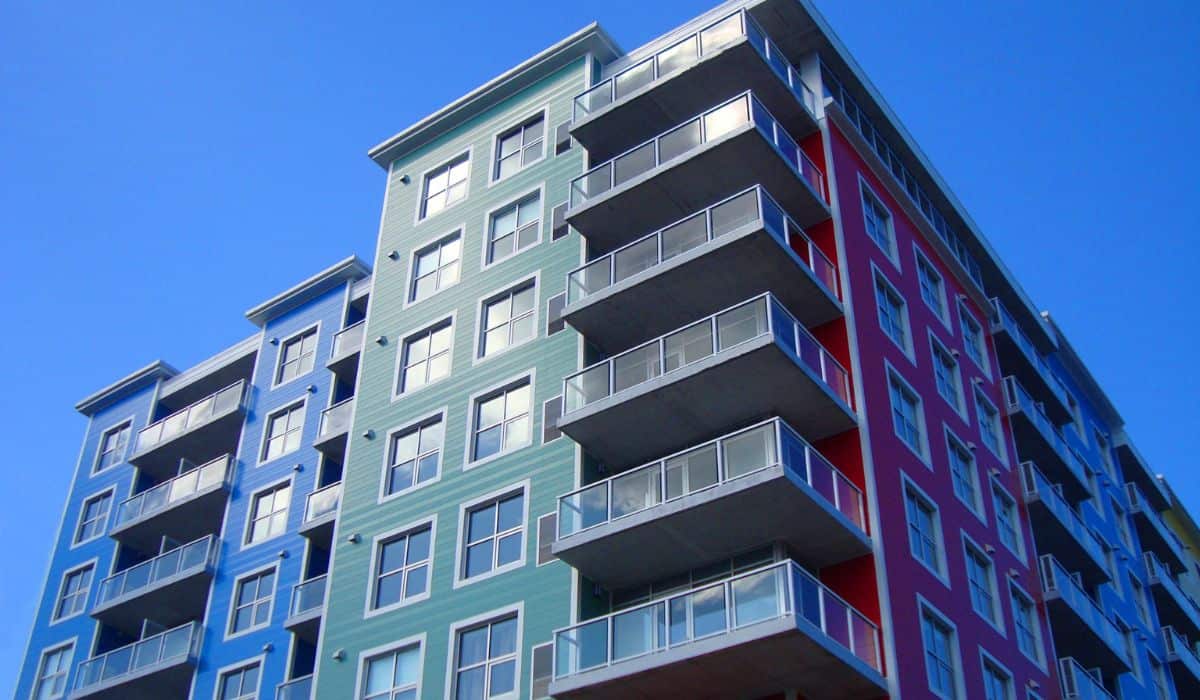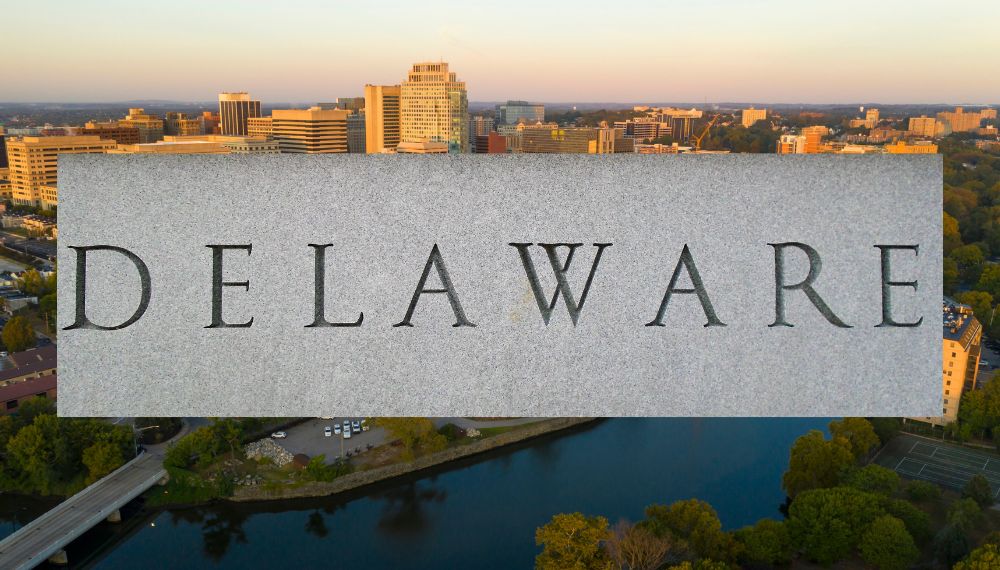Delaware Rental Vacancy Rates at Historic Lows
- September 24, 2022
- admin
- Category: Uncategorized

According to recently released U.S. Census Bureau data, the Delaware rental vacancy rate has decreased to the third lowest in the nation. The percentage of year-round rental units that are vacant after each quarter is known as the vacancy rate. Only 2.6% of Delaware’s year-round rental units were unoccupied at the end of June, according to the Census Bureau. Only two states, Vermont and Connecticut, had vacancy rates that were lower, at 2.1% and 2.4%, respectively.
According to Ryan Mulligan’s article for the Philadelphia Business Journal, the lack of available housing in the area and Delaware County is continuing to hit record low levels, driving up prices to levels that are well above the income of prospective purchasers. The inventory patterns are “reaching impossible levels,” according to Kevin Gillen, a senior research scholar at Drexel’s Lindy Institute for Urban Innovation. Over the previous ten years, inventories in Delaware County have decreased almost yearly.
The county had 7.5 months’ worth of housing stock in 2013. The figure dropped to 5.9 in 2014 but increased to 6.1 in 2015. To 5.4 in 2016, 3.9 in 2017, 3.1 in 2018, 2.3 in 2019, 1.6 in 2020, and 0.7 in 2021, all of the ensuing years saw a decline. The housing supply stands at 0.6 months at the moment. This indicates that if no new structures were built, the supply would last for just over a month. Home values have been rising in the meantime.
In 2013, the median sales price of a home around Delaware County was $166,000, and for the following several years, it stayed in the mid-to-upper $100,000s. The cost increased to $237,500 in 2021 and $260,000 this year, though. The number confirms what some people working in Delaware’s affordable housing sector have been saying for years: more housing, especially cheap housing, is desperately needed.
At the end of 2022 Q2, the Delaware vacancy rate was just 2.6% rental vacancy rate, which is 53.6% lower than the national average.
- Delaware’s rental vacancies decreased by 21.2% from a rate of 3.3% during 2022Q1 and 2022Q2.
- Delaware saw a 7.84% increase in rental vacancy in 2021.
- Delaware’s rental vacancy rate climbed by 46.9% from 2015 to 2020.
- Delaware saw a 46.7% decrease in rental vacancy between 2005 and 2015.
- As of 2022Q2, 27.4% of Delaware households lacked a primary residence.
- As of 2022Q2, the homeowner vacancy rate in Delaware increased by 57.1% to 1.1%.
- The average rental vacancy rate in the Wilmington-Camden-Philadelphia metro area is 2.8%, down 52.5% year over year.
Why Is There Such a Poor Housing Inventory?
For the Delaware real estate market to meet demand without sharply increasing costs, specialists in real estate predict an average supply of six months. Delaware now has a supply that is 1.1 months short of what is needed to have a sufficient number of homes on hand. The situation of the housing market in Delaware today is the result of a few factors, including:
- Number of Homes Advertised: At the start of 2020, fewer homes were listed for sale as a result of the pandemic. The number of homes advertised over the years increased as the demand for homes grew. While this would seem like a solution to the shortage of available homes, the demand much exceeds the supply because of how quickly the newly listed homes are selling.
- The number of properties Labeled: At the start of 2020, fewer homes were on the market because of the epidemic. In Q3 and Q4 of 2020, the number of homes listed increased by 35% year over year as the demand for homes increased. The newly listed properties are selling so quickly that they can’t even begin to satisfy the demand at the moment, although this may seem like a solution to the problem of a decreasing supply of homes on the market.
- Movement of people: Migration has increased, with numerous homeowners from California, Texas, and Nevada coming from both within and beyond the state. In the Northeast, home sales have soared by 30%, sparking a historic exodus.
- Failure to Advancement: After the housing bubble burst in 2008, new development never fully recovered, which prevented the creation of new dwelling units. We are just now beginning to feel the pain, almost 14 years later. The epidemic has significantly harmed new development plans, which is another problem. New private project bids decreased by approximately 9% compared to the previous year, and new public possibilities decreased by about 4%.
Delaware Rental Vacancy Rates – Effect on Customers
When entering a competitive market like this one, buyers will need to be ready for a bidding war. You must do your best to make sure your agent is ready to guide you. Regularly communicate with them and pay attention to their requirements. Tell them that when the chance arises, they must be organized and prepared to act swiftly on a home. Even though they might find greater happiness (or at least more money) in the process, sellers will still need to be prepared.
Bottomline
If you are into the real estate market, you would probably know what is rental vacancy rate. For those unaware, the rental vacancy rate is an indicator of the percentage of rental units that remain unoccupied at the end of a quarter. According to the data released by the U.S. Census Bureau, the Delaware rental vacancy rates are the third-lowest in the country.
The U.S. Census Bureau data reveals that just 2.6% of year-round rental units in Delaware remained unoccupied by the end of June. The other two states just ahead of Delaware were Connecticut and Vermont with 2.1% and 2.4% vacancy rates respectively.
These statistics also highlight that some experts in the Delaware real estate market have been emphasizing on for many years. Most experts are of the view that Delaware needs more housing and most of it is affordable housing for its people.






